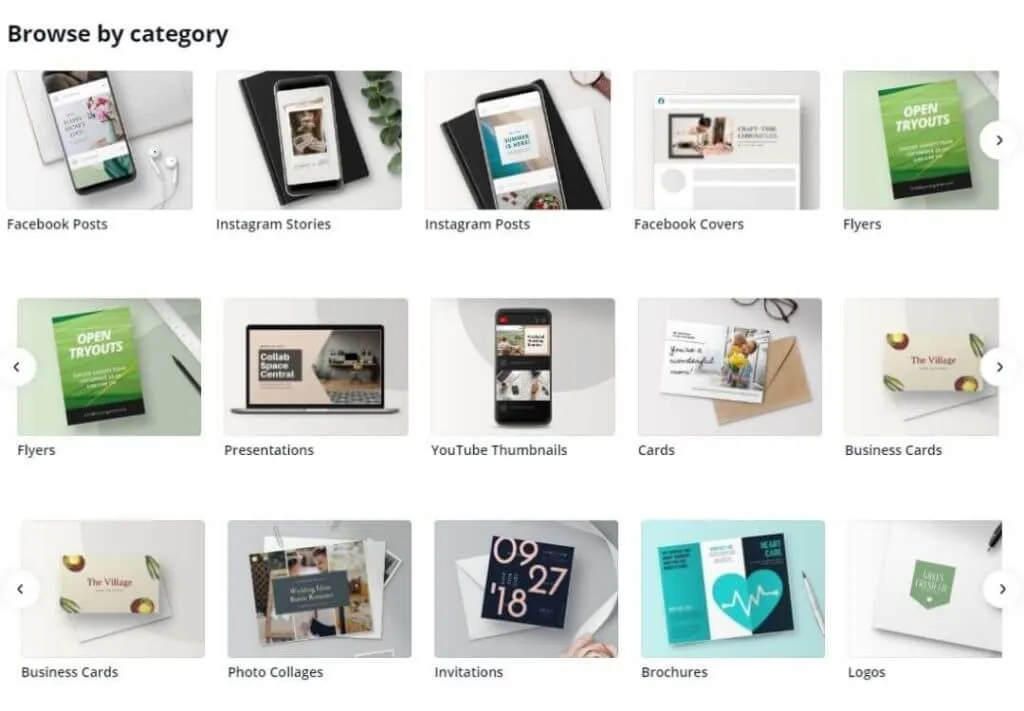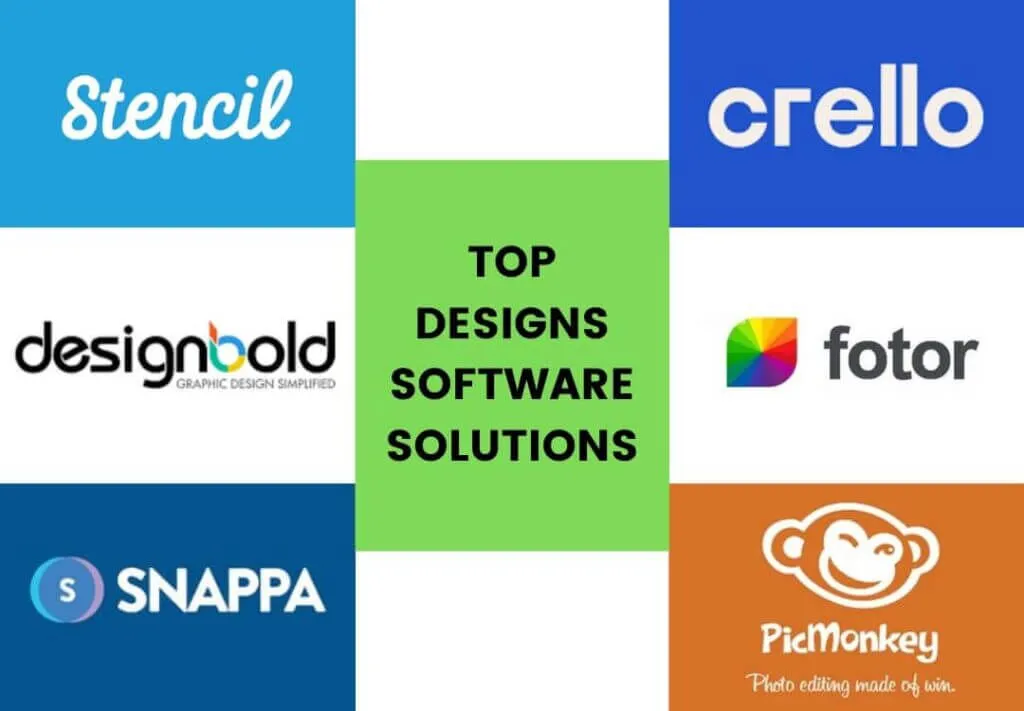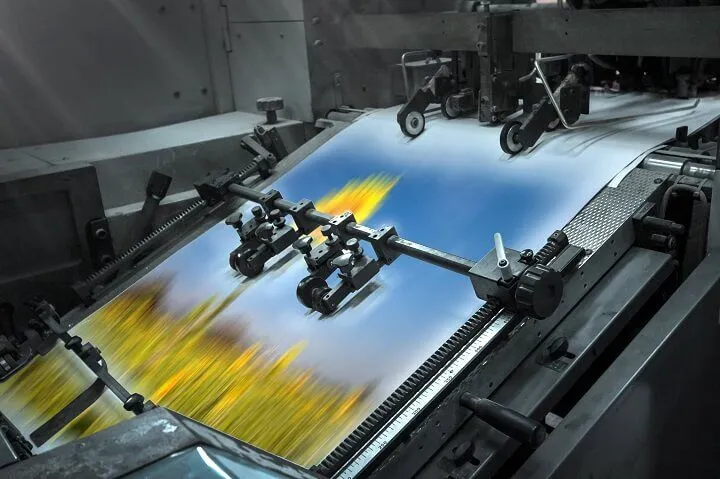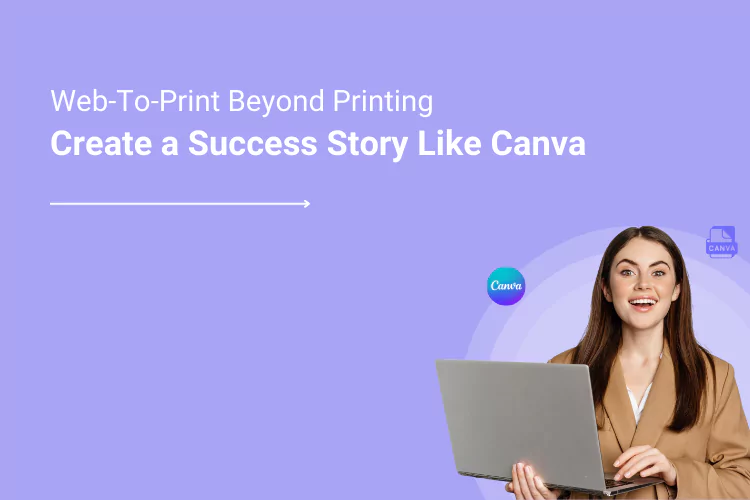In the eight years since graphic design software-as-a-service Canva was launched, the company has seen massive growth in the number of users. The reason its popularity grows each day is because of the range of customizable templates, fonts, colors, and free photos it has to offer.
The business model Canva functions on is simple: making designing easy for everyone. Canva gives its users the ability to develop their collateral in a matter of minutes – from blogs, YouTube, Facebook, Instagram, LinkedIn, info-graphics, videos, and more.

But wait, Canva did not stop at that. Canva Print, as it is called, was first launched in Southeast Asia to give its users the ability to not just design but also get the graphics printed and have them delivered straight to their door within two to three business days.
For the same, it collaborated with many printing service providers in the region. The Canva leadership team truly believes in ensuring that the solution a business creates, solves a problem that a massive amount of people care about.
They hit the bull’s eye by combining design and print services. Now traditional printing businesses have been operating out of physical storefronts for a long time.
With an increasing number of businesses across domains turning to digitization as a way to stay afloat in the market, the printing industry would primarily benefit by going online as well. That is where implementing web-to-print technology can make all the difference.
Four Lessons Every Printing Business Should Learn From Canva
#1. Listen to user feedback and keep improving your services
The best way to stay on top of your game is by listening and acting upon customer feedback. Your customers can tell you where your strengths are and where you are failing. After months of continuously improving their product and adding new digital tools to the platform, Canva realized that it is not just about pivoting their offering but also about empowering their users.
Therefore, listen to your customers. Conduct surveys, do a poll on social media, email them, and ask. Gather their thoughts and improve yourself accordingly.
#2. Word-of-mouth marketing and social proof
When 50,000+ subscribers of Canva started talking about the tool in the market, they were able to attract 1,50,000 more people to use the platform. That’s the power of word-of-mouth advertising. Post this, Canva grew at a rapid pace.
Today, it is available in more than 170 countries, and much of the growth has happened because people talked about them on social media – and that is unbeatable. If you also want to leverage social proof and word-of-mouth marketing, then make sure you have robust referral programs in place to get as many customers as possible.
#3. Influencer advocacy

Marketing genius Guy Kawasaki learned about Canva through one of his social media team members who used the tool for designing graphics. When Canva came to know that Kawasaki’s company’s social media posts were made on Canva, they contacted him to be a part of their team.
Today, he is the Chief Evangelist of Canva. Because of his name, Canva has been able to double the subscribers’ numbers. So, if you can get an influencer to vouch for your printing business, you will see considerable growth.
#4. Create empowering content
Canva’s blog is known for churning out excellent content on design tips, UX inspiration, and more. It has become the go-to place for beginners and professionals alike who want to sharpen their design skills.
Set up a similar asset on your website – publish content that your audience will want to read. For example, if you sell printing services for marketing collateral, produce pieces on “5 reasons you should produce a company brochure,” or “6 reasons why brand consistency is important.”
In the spirit of celebrating artwork creation tools, let us take a look at some of the top designs software solutions in the market:

1. Stencil
Stencil is an online graphic design tool that provides a range of templates and image options for users to create their designs. The device caters explicitly to social media marketers and offers design and image resolution options for specific social networks.
You can upload and store logos, resize images instantly, add image filters, and see live previews of the designs from the backend rather quickly.
2. Snappa
Snappa is a graphics editor that allows users to design social media and other marketing collaterals. The platform comprises a myriad of templates for users to choose from. The graphic editor is straightforward to use and comes with a drag-and-drop feature, visual assets, filters, readymade templates, resizing capabilities, custom font imports, and more.
3. DesignBold
Like Snappa, DesignBold also comes with similar features and a free trial for users who are interested in checking out the editor. It also allows them to edit photos using preset filters and advanced editing features. DesignBold enables you to upload your images, download designs, share and collaborate with other users, and more.
4. Crello
Crello is a useful online design tool for social media, web, print, and social media ads. The tool allows users to create several types of different documents and marketing materials using readymade templates and their image library. The tool also comes with animation templates and visuals that can be used for social media posts and presentations.
5. Fotor
Fotor is an online photo editor and design tool. It is especially useful for design and editing photos and creating collages. Users can add effects to a photo, remove or blur backgrounds, create collages from several images together, add beauty features, remove blemishes, resize and crop pictures, and much more.
What is great about the tool is that you can even create designs for social media, book covers, banners, and so on. All your marketing needs are taken care of.
6. PicMonkey
PicMonkey is similar to Fotor and allows users to edit and design photos. Using the tool, they can create business cards, logos, invites, social posts, and add text or watermarks to the design.
PicMonkey comes with customizable templates for users who do not wish to create designs from scratch. Another exciting feature of this tool is that it autosaves all design work as you go on creating without having to save your work separately.
Why Choose Web-To-Print Software Solution
Taking your printing business online primarily requires you to have a dynamic storefront to enable a smooth buying experience. Here’s why a web-to-print solution is exceptionally profitable for your online printing business:
1. Self-service
Perhaps one of the most significant advantages of deploying a web-to-print solution is that it allows users to log into the self-service portal. Meaning, they can take care of their printing requirements (from quotation to artwork proofing) without needing to reach out to a salesperson for every order.
Once they have placed the order, the printing process can start immediately. Currently, web-to-print technology is used for designing and printing business cards, flyers, brochures, book covers, banners, logos, labels, and more. This makes the overall procedure more effective and helps cut down on costs. That is precisely how Canva works.
2. Ready-to-print templates

The main goal of the web-to-print platform is to enhance the designing and ordering experience for the users. Offering templates that can be customized is incredible for those who want their design requirements in a specific way.
This is similar to what Canva does for its users. They have a multitude of templates that can be customized. The feature not only increases the speed of print production and delivery but also ensures that the users get exactly what they want.
3. Cost-effectiveness
When compared to traditional printing methods, web-to-print technology is robust, reliable, and cost-effective. This is because you only have to spend on the material once the designs have been finalized. That means, there is a reduction in material wastage because there are no repetitions or iterations in design, thereby saving costs.
Canva, for example, is extremely user-friendly – even those with no design experience can create designs, edit, and update the changes during the process. Therefore, a web-to-print software solution saves you from spending on hiring a graphic designer.
4. Faster production

Whereas traditional printing methods are highly time-consuming and tedious, a web-to-print platform can get the job done in a matter of minutes. This makes it highly useful and efficient, especially for users who need designs within a short period.
The design process is also simplified with ready-to-print templates that allow users to make changes in their designs if they want to, and in turn, speed up the order placement process – much like how it happens on Canva.
Over to you
As an online printing business, your mission should be to create experiences that mainly improve people’s lives – allows them to design and place an order for print without having to rely on salespersons, designers, and vendors.
Convenience sells in eCommerce, and you should aim to provide that to your customers. If you are looking to deploy a web-to-print software for your business, please contact us at [email protected], and we will offer you a tailor-made solution.




